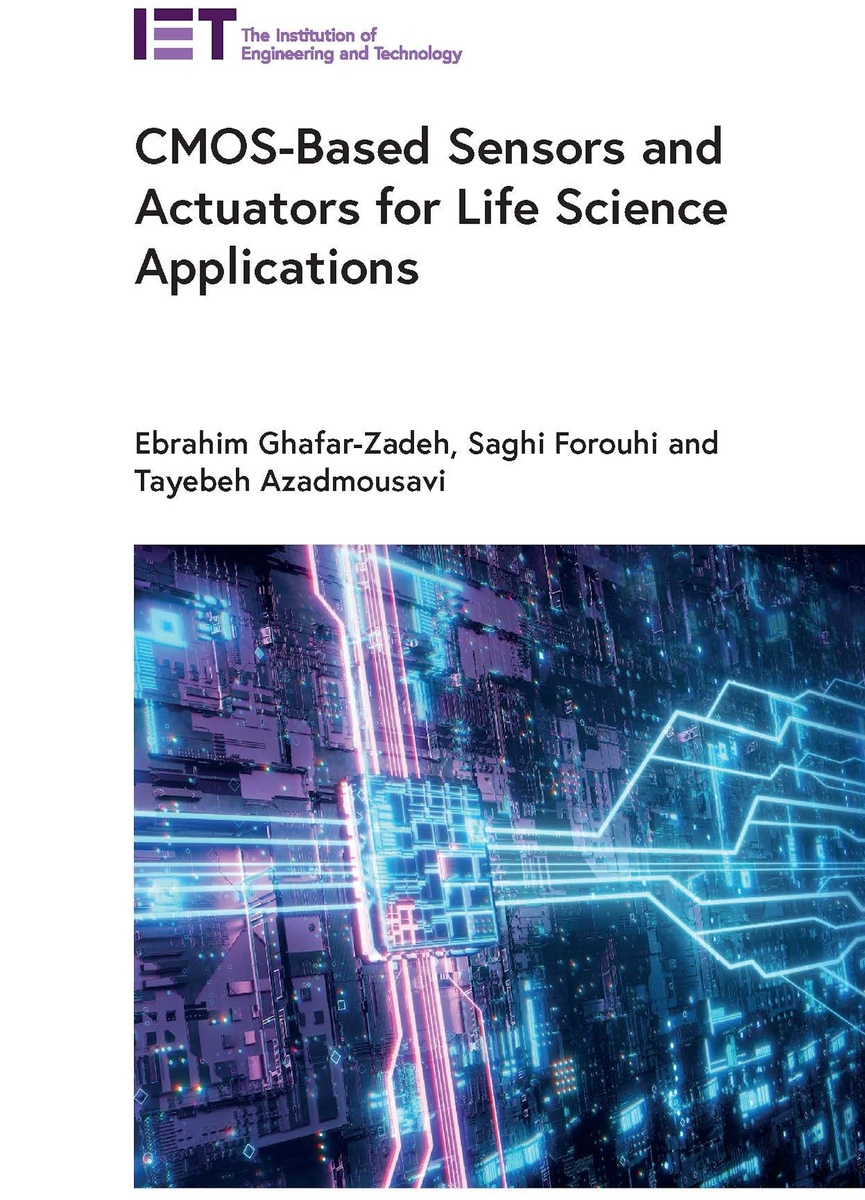CMOS-Based Sensors and Actuators for Life Science Applications
The Institution of Engineering and Technology, 2024
eISBN: 978-1-83953-674-8 | Cloth: 978-1-83953-673-1
See other books on: Electronics | Forouhi, Saghi | Ghafar-Zadeh, Ebrahim | Sensors | Technology & Engineering
See other titles from The Institution of Engineering and Technology
eISBN: 978-1-83953-674-8 | Cloth: 978-1-83953-673-1
ABOUT THIS BOOK | TOC
ABOUT THIS BOOK
Emerging complementary metal-oxide semiconductor (CMOS) technologies and their ongoing downscaling trend have opened an avenue to developing integrated systems for life sciences. They offer great advantages for the monolithic integration of several active elements, and the implementation of millions of biosensors along with their transducers and readout circuits on a single chip. Benefits include the ability to make highly dense systems with high signal-to-noise ratios (SNRs), good accessibility and reliability. Moreover, the huge investment in CMOS foundries and the possibility of the batch production of various devices using CMOS have established it as an economical technology appropriate for the fabrication of affordable platforms for end-users. All these features make CMOS electronics a valuable technology for the implementation of integrated bio-systems such as lab-on-chips (LoCs) and point-of-care (PoC) devices.
See other books on: Electronics | Forouhi, Saghi | Ghafar-Zadeh, Ebrahim | Sensors | Technology & Engineering
See other titles from The Institution of Engineering and Technology












